Did you know that Peru has more than 4,000 potato varieties, and most people can’t even name ten? Most have only tried the white or yellow kind. But high in the Andes, potatoes from Peru grow in deep colors, strange shapes, and rich flavors that have nourished communities for centuries. Let me tell you what makes the variety of Peruvian potatoes so special, and why you should try them.
Peruvian Potatoes: Varieties, History, and Benefits
Potatoes are a staple food for millions of people around the world. They’re one of the most important crops after rice, corn, and wheat. Thanks to their high energy content, many families eat them daily, especially in rural parts of South America, Africa, and Asia.
In Peru, they’re even more vital: 90% of all potatoes are grown in the highlands, where the altitude and climate are ideal. Around 711,313 Peruvian families depend directly on potato farming. Peru potatoes are cultivated in 19 regions, with the main ones being: Puno, Huánuco, Cusco, Cajamarca, Huancavelica, Áncash, Ayacucho, Andahuaylas, and Junín. Peru leads South America in potato production with 700,000 tons per year, followed by Bolivia (about 500,000 tons) and Colombia (one ton officially reported).
What Does “Papa” Mean?
The word “papa” comes from Quechua and refers to the crop, the plant, and the tuber itself. It’s used across the Americas with slight regional variations, but always keeps its Quechua roots, still alive in everyday language.
General Information About the Potato
- Common names: Papa (America), Patata (Europe)
- Scientific name: Solanum tuberosum
- Growing time: 110–180 days depending on the variety and climate
- Types: Native and improved varieties
- Altitude: 1,000 to 3,800 m.a.s.l. for common export varieties; native ones grow up to 4,100 m.a.s.l.
- Ideal climate: Temperate or cold, perfect for the Andes
- Key nutrients for cultivation: Nitrogen (N), Potassium (K), and Phosphorus (P)
From the Andes to the World: The History of the Potato
Andean Origins
The potato originated in the Peruvian Andes, domesticated between 8,000 and 10,000 years ago by ancient communities living near Lake Titicaca and the Cusco region. These people were the first to cultivate the potato from wild species, beginning one of South America’s oldest agricultural traditions.
Role in the Inca Empire
During the Inca Empire (Tahuantinsuyo), the Peruvian potato was as essential as corn. It wasn’t just a daily food—it was preserved and stored as chuño (freeze-dried potato) to feed the great empire. Thanks to the highland communities’ ingenuity, the Inca could ensure food security.
Bonus fact
Chuño is a traditional preservation method, potatoes are frozen overnight in the Andes, stomped to remove water, and sun-dried for days. They can last for years and feed families during tough times.
From the Andes of Peru to the world: How Peruvian Potatoes Went Global
After the Spanish conquest, potatoes made their way to Europe in 1570. In Spain, they were called “patata” and spread across Europe, first as botanical curiosities in Italy, Germany, and England. But by the Thirty Years’ War, they became essential crops for survival. In the 18th and 19th centuries, they helped drive agricultural and industrial progress.
At first, potatoes were used as animal feed, but eventually they reached kitchens worldwide. Today, they are grown in over 125 countries, with Peru potato varieties still standing out for their uniqueness and resilience.
The Peruvian Potato Day and Its Meaning
Every May 30th, Peru celebrates National Potato Day to honor the farmers, protect native species, and remember that every variety tells a story. This date also promotes the care of native species and respect for the land. In 2008, the UN declared the potato a key food to fight hunger. Beyond flavor, Peruvian potatoes are a symbol of tradition, effort, and sustainability.
How Many Varieties of Potatoes Are There in Peru?
So, how many varieties of potatoes are there in Peru? Peru is home to over 4,000 native potato varieties, grouped into three main types: white, yellow, and native. Some standout examples include: Canchan, Huayro, Peruanita, Perricholi, Rosada, Leona, Huamantanga, Negra, Lombriz, Shiri, Puka Simim, Sirina, Muru Piña, and Huagalina, among others.
Many of these potatoes grow in the Andes and are preserved by local communities. Peru is the country with the greatest diversity of potatoes in the world.
General classification: by color, shape, texture, and culinary use
They can be classified by color, shape, texture, and cooking use. You’ll find yellow, white, purple, and even black potatoes. Some are long, some round, and some oddly shaped. Textures vary too, some are floury, others firm or creamy. Each has a special culinary use: stews, frying, and boiling with salt, each preparation brings out a different quality.
| Criteria | Groups | Characteristics |
| By its origin | 1. Natives | They are floury and are eaten cooked. |
| 2. Moderns | Less floury ones are consumed cooked or fried. | |
| By its color | 1. White | Creamy or whitish shell. |
| 2. Colorful | Red, reddish, purple or two-tone shell. | |
| By its use | 1. Yellow | To make chuño, moraya or tunta. |
| 2. Yellow | For soups, porridges or purees. | |
| 3. Yellow | For flakes, chips, potato chips and others. |
Native Potatoes vs. Commercial Potatoes
Native Potatoes
The native potatoes are grown above 4,100 m.a.s.l., in high Andean areas. Besides, these were not produced by chemical fertilizers, but also by ancestral farming methods. The potatoes have irregular shapes, unusual colors, and stronger flavors, without mentioning that these represent 25% of all potato fields in Peru. Their resistance and unique flavor make them essential in high-altitude agriculture. In addition, they are grown mainly in Peru, Bolivia, Ecuador, and Chile.
Commercial (Improved) Potatoes
On the other side, the commercial potatoes are grown between 1,000 and 3,800 m.a.s.l. These are designed for market demands and have standardized shapes and sizes. These potatoes are common in supermarkets and export markets, as they adapt well to large-scale cultivation systems.
Peru Potato Varieties: The Tastiest Types
Yellow Potato
The yellow potato is easy to cook and has a soft texture that melts at the first touch. For this reason, it is perfect for preparing mashed potatoes, causa limeña, or creole stews. However, avoid boiling it for too long or pricking it, as it breaks instantly. Thanks to its pleasant flavor, it has earned a special place in Peruvian cuisine.
White Potato
This potato is large, flattened, and oval, with a pale skin and white flesh and a firm, apple-like texture. Quick to cook and with a mild flavor, it's used in soups, salads, and everyday dishes. It's common in markets and homes throughout the country.
Canchan (Rosada) Potato
Also known as “rosada” because of the tone of its skin, it has yellow flesh that cooks tasty and evenly. It retains its shape well when cooked, making it excellent for locros, stews and stuffed potatoes. This potato is grown on the Peruvian coast and in the Peruvian highlands as part of the daily table in Peruvian food. Thanks to its firm texture, it adapts very well to different homemade dishes.
Huayro Potato
The Huayro potato is a purple-skinned Andean variety with deep dimples and a floury texture. It shines in Pachamanca, but also combines perfectly with dishes such as Papa a la Huancaína. Its consistency allows it to capture flavors well. In stews or casseroles, it adds a tasty and homemade touch.
Perricholi Potato
It's soft, sweet, and contains a lot of water; it's similar to a white potato. It doesn't brown when peeled, making it perfect for poultry shops. It also has a texture that makes the potato golden brown on the outside and creamy on the inside when fried. This potato is used more industrially for its attractive appearance and consistency.
Peruanita Potato
This potato stands out for its bicolor red and white skin, and a flavor that enchants from the first bite. It is perfect for boiling with salt and a little butter. It also adds body to purees, creams, and stews. And if you fry it with the skin on, it is crispy and delicious.
Huamantanga Potato
It is considered the star of the tubers, a type of native potato slightly elongated, similar to an Olluco. It is produced only in the highlands, so its presence in the markets of the coast is temporary. It has the color of the white potato but the texture of the yellow potato, being consumed parboiled or in stews.
Black Potato (Tomasa Negra)
Also known as “Tomasa negra” or “papa mariva”, it has dark skin and a yellow pulp that melts in the mouth. Its mild and sweet flavor makes it perfect for purées, stews, or fried foods. In addition to being delicious, it provides iron, zinc, and natural antioxidants such as vitamin C. Thanks to these nutrients, it is a tasty and beneficial option for the body.
Tarmeña Potato
The tarmeña potato has a skin similar to the Peruvian potato, but its flesh is cream-colored. Its smooth and creamy texture makes it perfect for preparing a good “causa limeña”. It is also delicious in dishes such as Lomo Saltado. Its flavor and consistency make it very versatile in Peruvian cuisine.
Cocktail Potato
The cocktail potato is small, round, and slightly sweet, with a smooth texture similar to the white potato. It is enjoyed boiled and dipped in creamy sauces. It is also delicious baked, especially if you eat it with the skin on. It is perfect to accompany Andean dishes or as a homemade snack.
Tumbay Potato
The Tumbay potato is small, round, and with a light skin that attracts attention. It has deep eyes, and its yellow flesh is soft when cooked. The best thing is that it is delicious fried, boiled, or in stews at home.
Yungay Potato
The Yungay potato is larger, a little flattened, and with a yellow to red mottled skin. Inside, it is creamy and light yellow, very similar to the usual yellow potato. It lasts quite a long time without spoiling, so it is perfect if you want to have potatoes ready in a hurry.
Beyond Food: Health Benefits of Potatoes from Peru
Nutrients in Potatoes
Potatoes are a source of energy, as they contain healthy carbohydrates. They also provide vitamin C, potassium, iron, zinc, magnesium, fiber, and antioxidants, especially in dark-colored varieties.
Benefits of Adding Peruvian Potatoes to Your Diet
The Peruvian potato is an affordable, tasty, and very complete option. Eating it cooked with the skin on allows you to take advantage of its nutrients and take care of your health without complications.
- Provides natural and healthy energy: It provides complex carbohydrates that give you energy without overdoing it.
- Keeps you full: It helps you feel satisfied longer, preventing cravings.
- Improves digestion: Its fiber aids intestinal transit.
- More nutrients: Boiled with the skin on, it preserves vitamin C, potassium, and antioxidants.
Easy to prepare, delicious, and good for you. What more could you ask for?
Uses of potatoes in traditional medicine
- Relieves rheumatism: Placing raw potato slices on joints or bruised bones helps reduce inflammation and soothe pain.
- Potato juice for the stomach: Drinking it on an empty stomach relieves gastritis and ulcers, in addition to cleansing the body from the inside. There is a type of extract known as Tocosh that helps with the treatment of these two diseases.
- Improves internal health: Potato juice can strengthen the skin, regulate blood sugar and support the proper functioning of the liver and kidneys.
- Boiled potato water for the kidneys: Many people drink it warm, especially to take care of the kidneys and improve digestion.
Did You Know?
- Most potato nutrients are in the skin
- Boiled potatoes don't make you gain weight—fried ones with mayo do!
- Chuño can last for years
- Vodka is made from potatoes
Taste, Share, and Celebrate Peru Potato Varieties
Explore the incredible world of Peruvian potatoes, from colorful markets to your kitchen. Trying them means appreciating the farmers who grow them in the Andes. This humble tuber, now cultivated in more than 125 countries, continues to nourish millions. Eating Peruvian potatoes is about more than just food—it’s about tradition and a deep connection to the land.

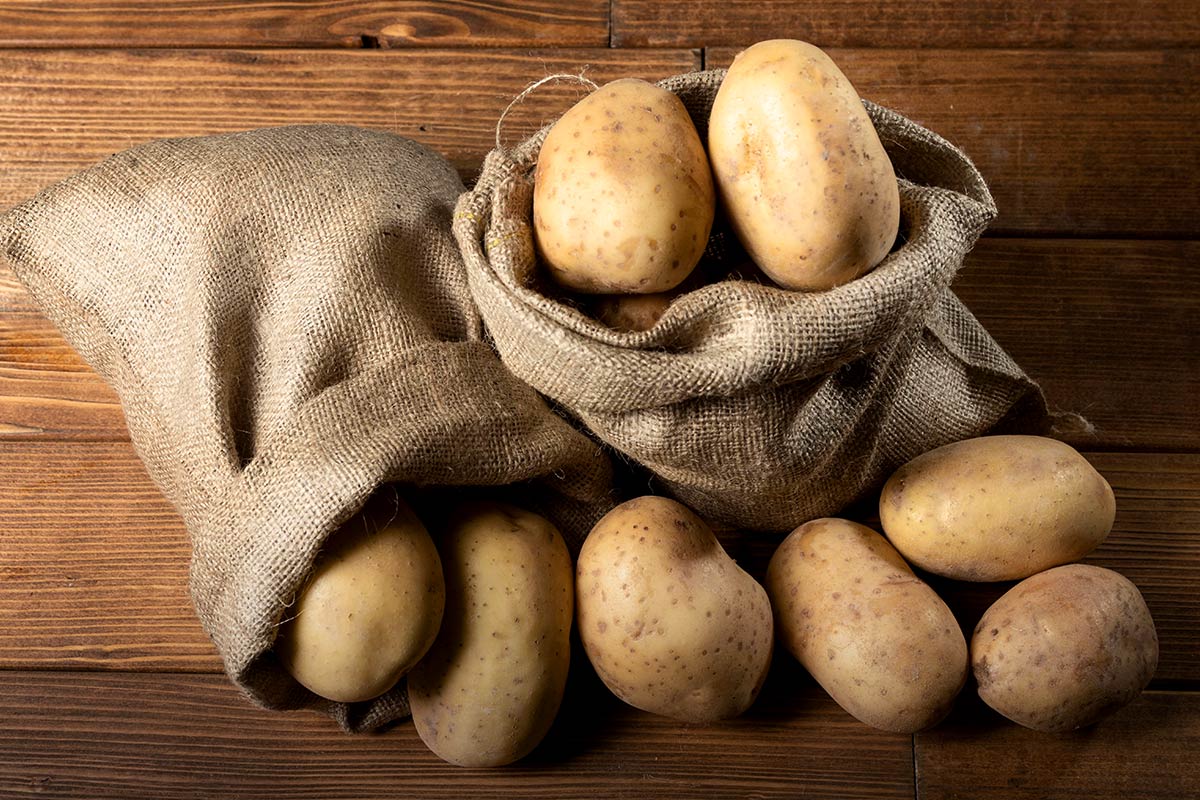
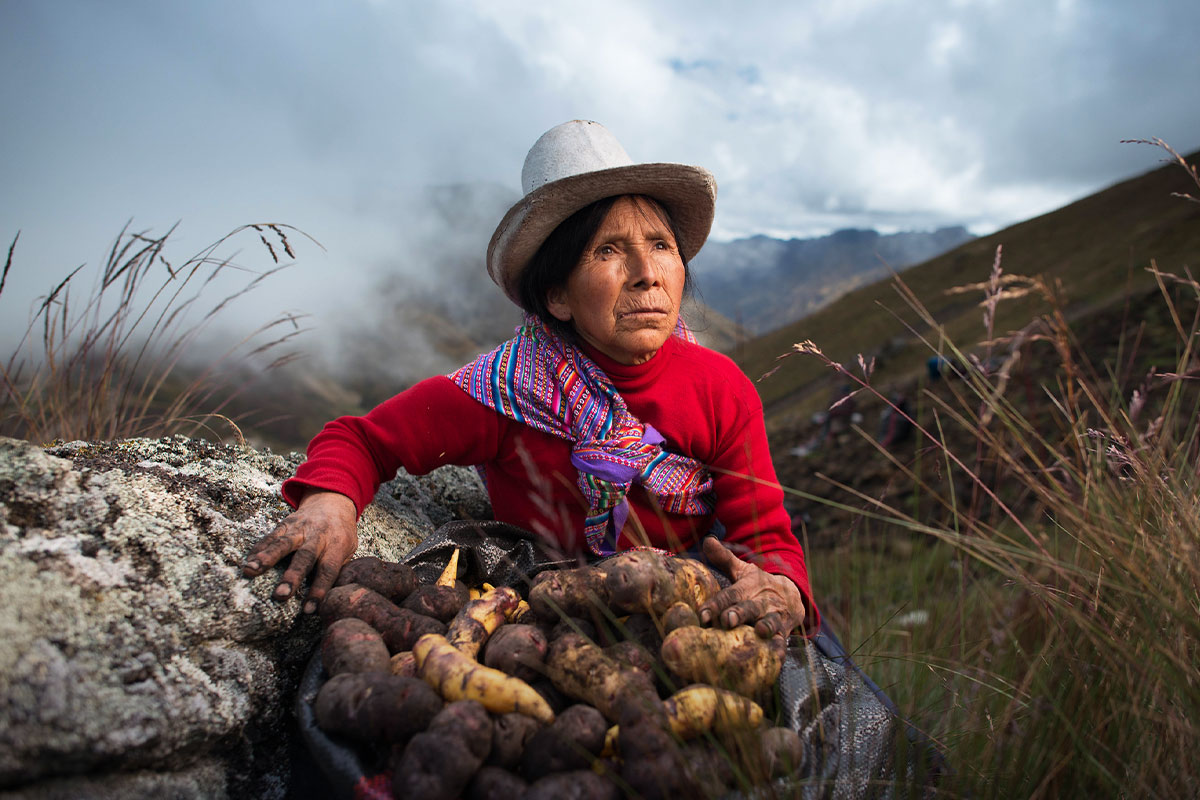
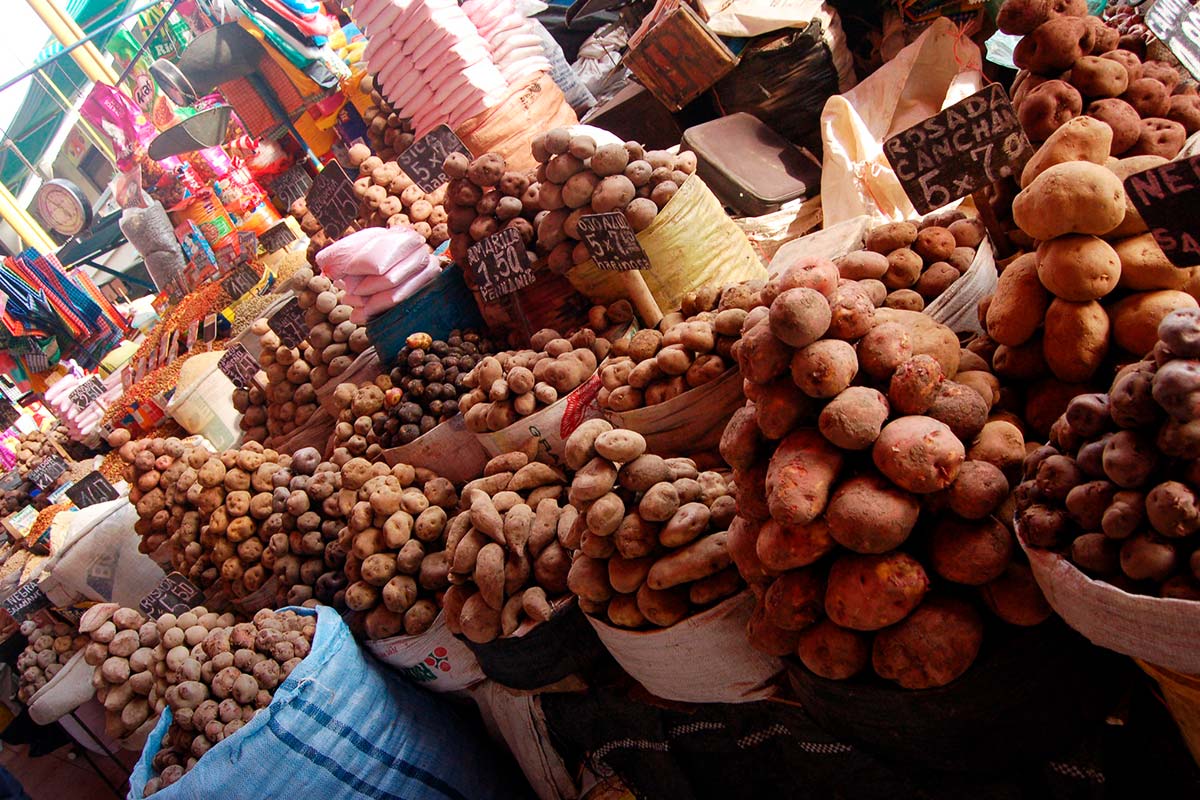

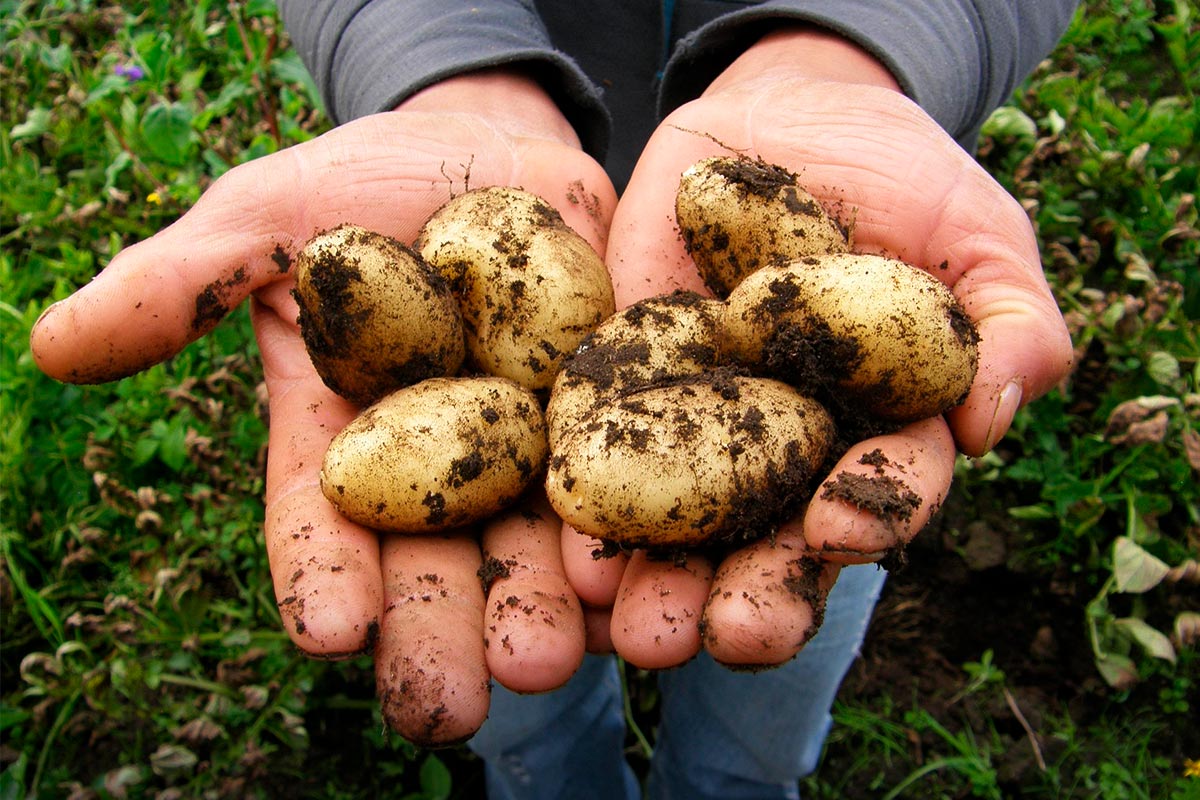
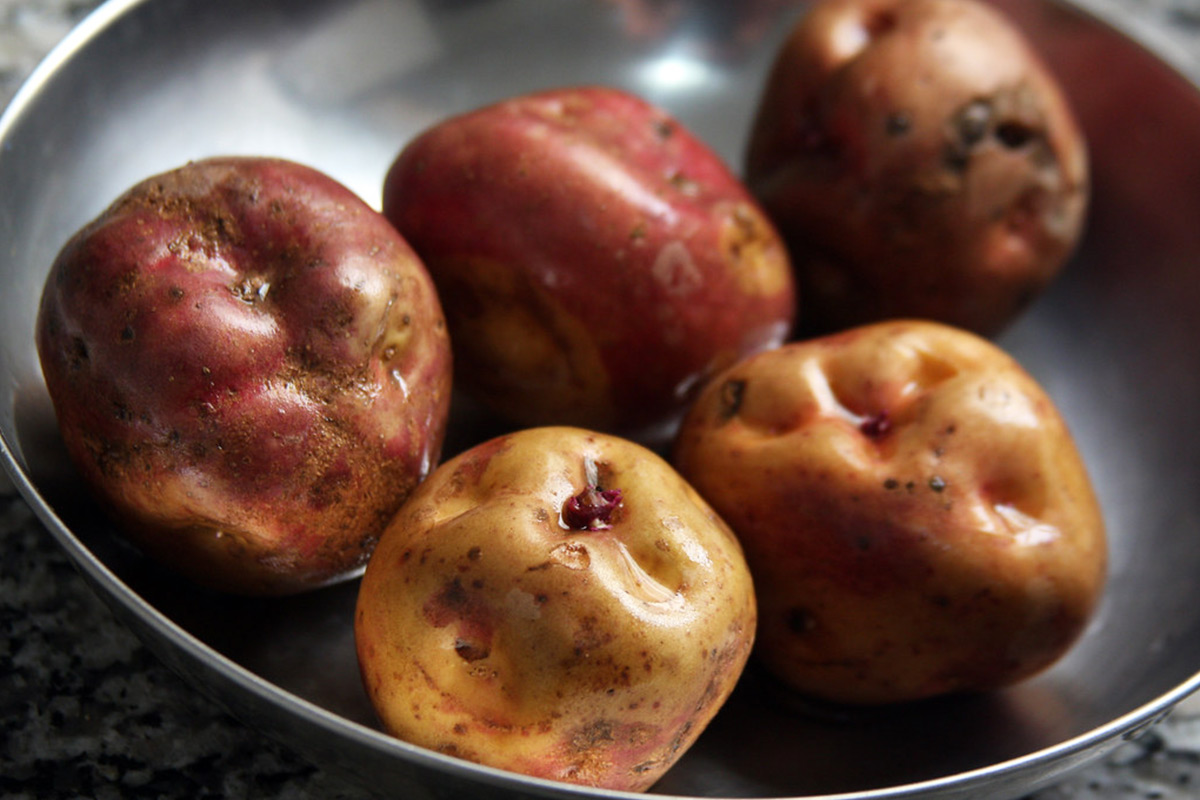
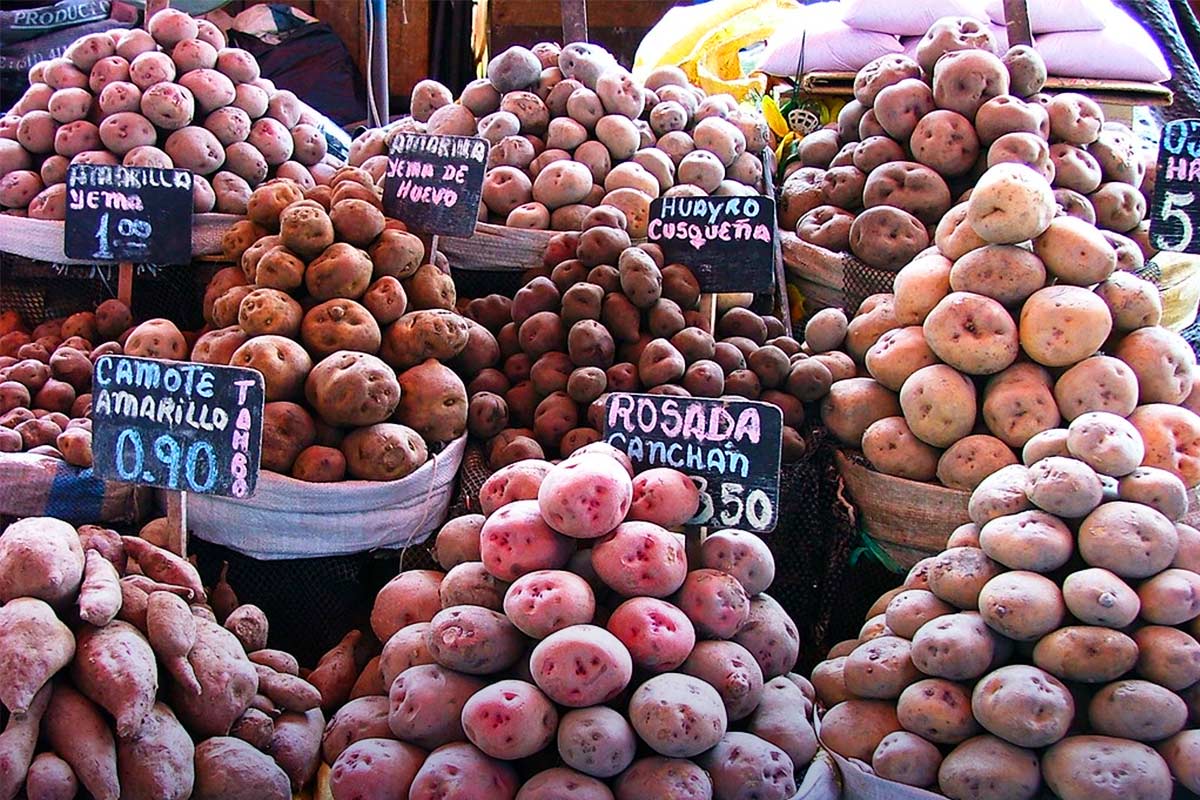
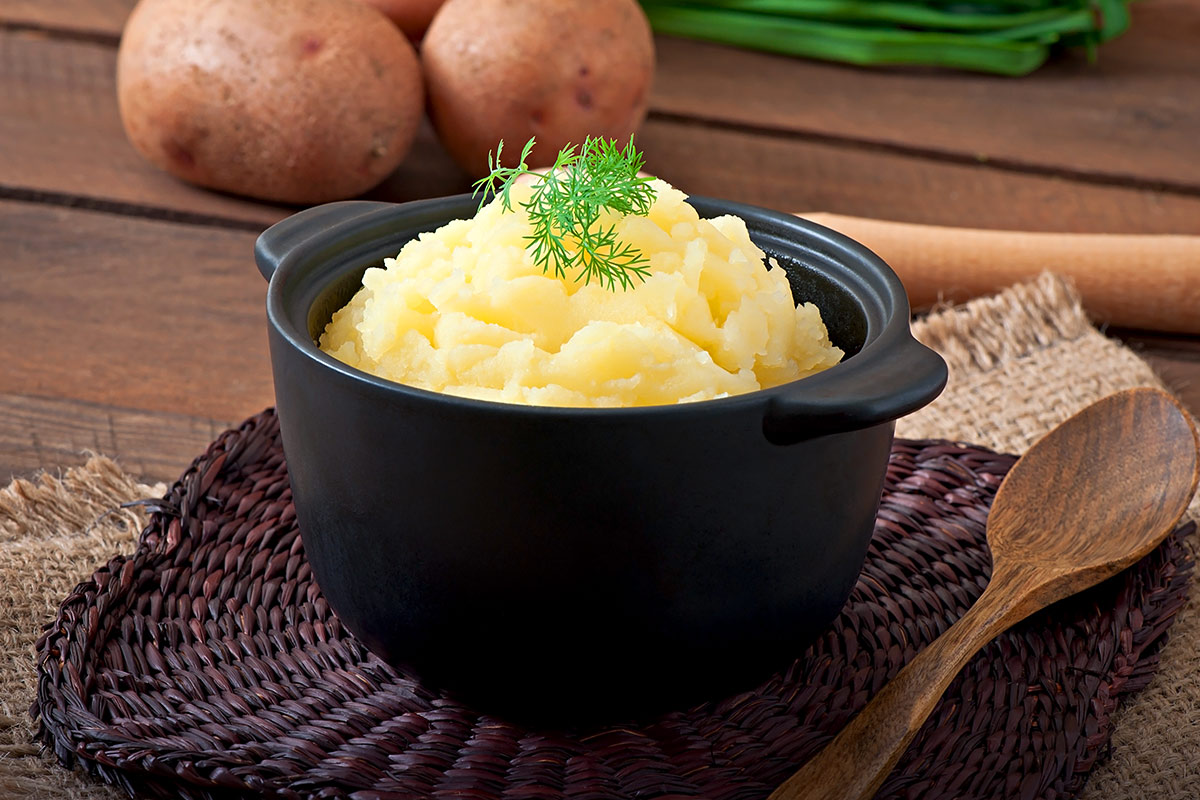
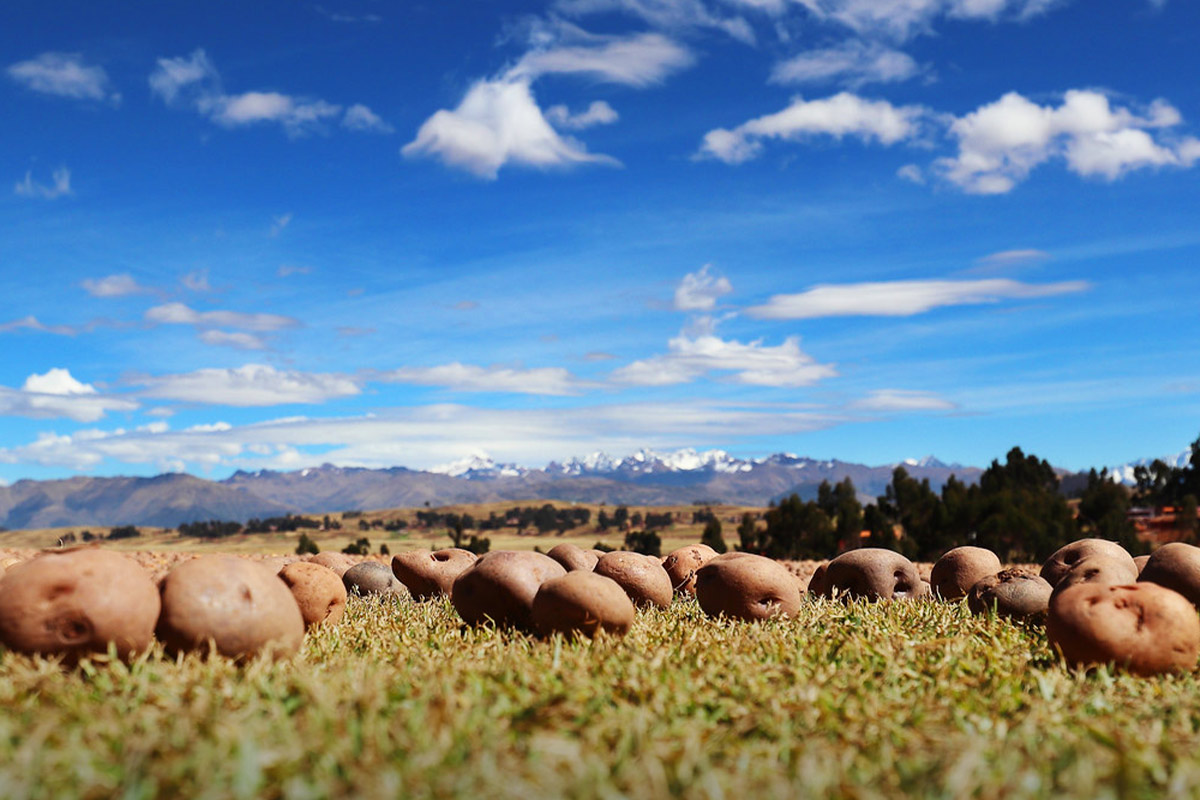

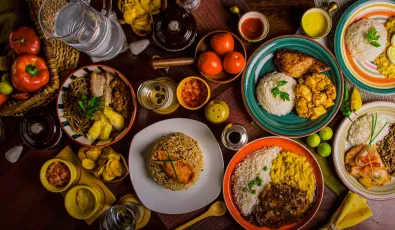
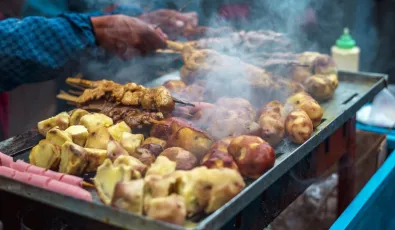
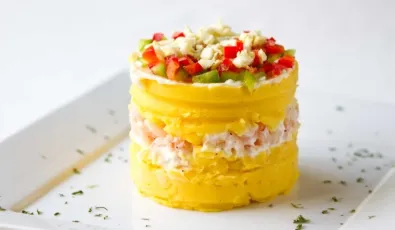
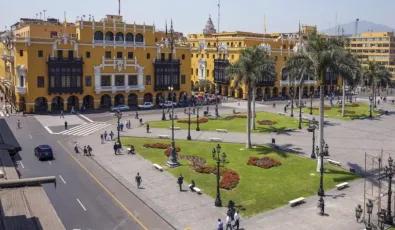
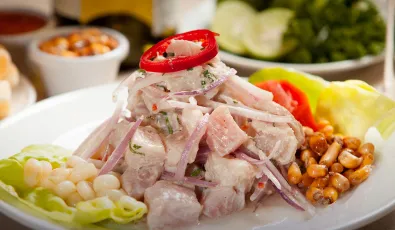

Add new comment